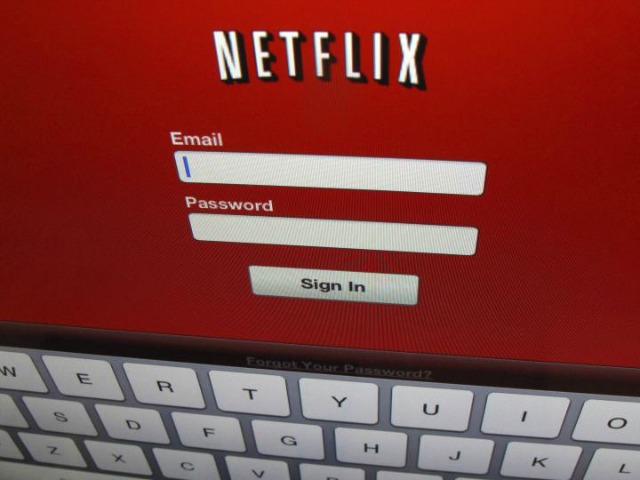For the first time, top U.S. cable firms have more broadband customers than cable TV subscribers, according to published data from the Leichtman Research Group.
The top cable companies had about 49,915,000 broadband subscribers in the second quarter ending in June, compared to about 49,910,000 cable TV subscribers. Although “cord cutting” of TV programing is still relatively small, widely available broadband could cause a major exit from the “boob tube” at any time.
The top cable firms, according to Leichtman, include Comcast, Time Warner Cable, Charter, Cablevision, Suddenlink, Mediacom, and Cable One. Comcast now has 43% of all broadband Internet customers, up about 200,000 during the quarter, while Time Warner is at nearly 24% of all broadband customers with 86,000 additions during the same period. Charter came in third with approximately 5.6%, up 62,000.
If broadband Internet services from traditional phone companies like AT&T and Verizon are added, the largest broadband providers have a total of about 85.9 million subscribers in the United States. Over 70% of US households now have broadband Internet access, with cable powering over 50% of the market
Leichtman found that “[w]ith the addition of more than 30 million broadband subscribers over the past decade, cable providers have clearly expanded well beyond their roots in cable TV service,” Bruce Leichtman, principal analyst for Leichtman Research Group, said in a statement. “As of the end of 2Q 2014, the top cable providers now have more broadband subscribers than cable TV subscribers.”
Of the telephone companies’ 35 million broadband subscribers. AT&T is first with 16.4 million customers, though it lost 55,000 customers during the quarter. Verizon is second at 9 million, but gained 46,000 customers in the quarter.
An Experian survey in 2010 indicated that approximately 5.2 million or 4.5% of 114.8 million American households could be considered “cord-cutters.” That figure jumped up to 7.5 million 6.5 percent in 2013, based on their survey of 24,000 U.S. adults.
Although the number does not threaten the television networks, it is a trend that could virally accelerate at any time. In the study, if a household had an active Netflix or Hulu account, the 12.7% of these households cut the cord in 2010 jumped to 18.1% in 2013.
PC Magazine noted: “As more and more streaming services bulk up their online offerings, cord cutting has been on the rise. But it hasn’t yet taken the U.S. by storm. April data from Experian found that about 18.1 percent of U.S. households swapped traditional TV-viewing means for smartphones and tablets in 2013. That’s up from 4.5 percent three years prior.”
To get a heads up on how technology may change TV programing, refer to We are More Addicted to Boob Tubes than Ever.

COMMENTS
Please let us know if you're having issues with commenting.